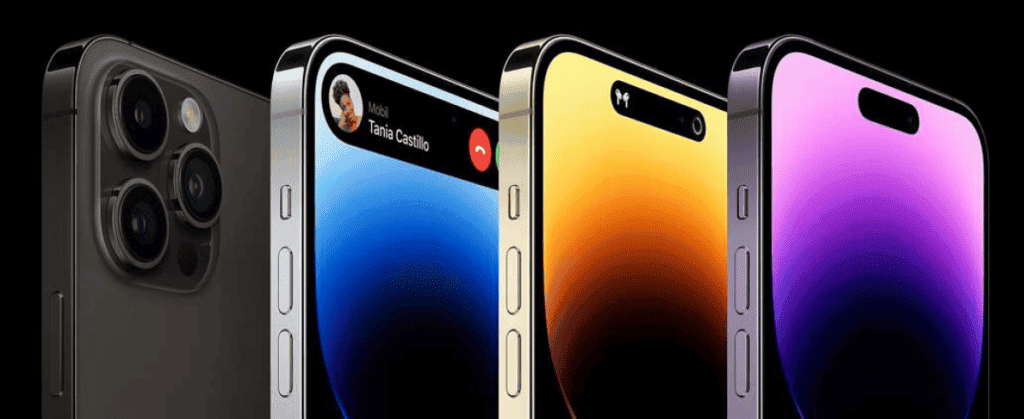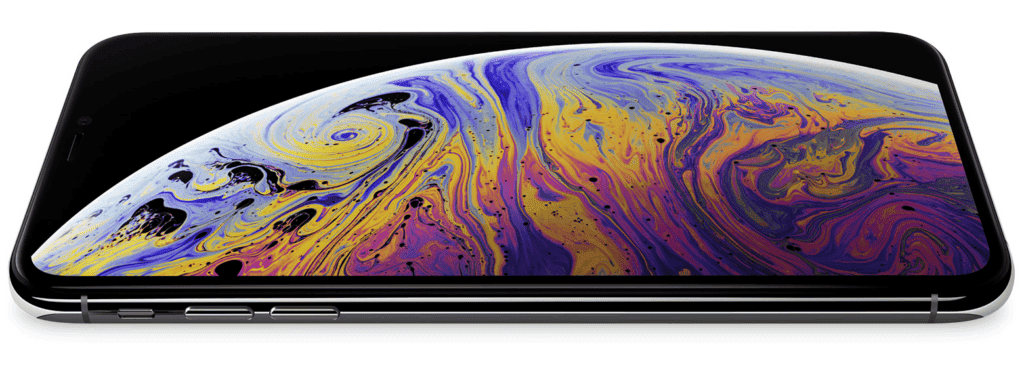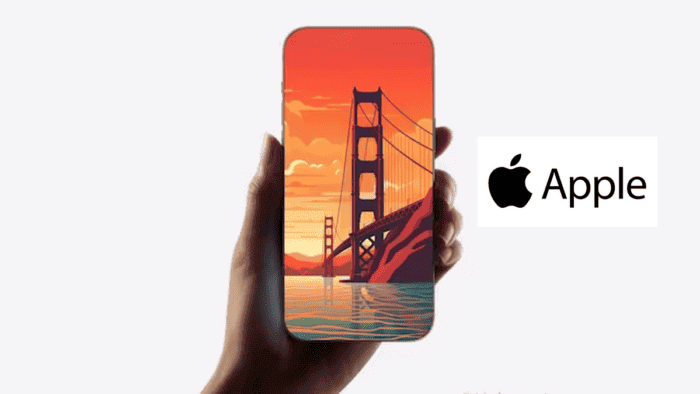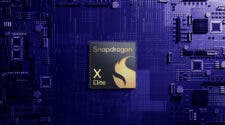The Apple iPhone lineup never stands out for being the most bezel-less smartphone series out there. While companies like Samsung, Xiaomi, Oppo, and ZTE were busy trying to push this concept of a full-screen smartphone forward, Apple remained stagnant with the iPhone design. In 2017 we saw the first push into the bezel-less trend with the iPhone X, and only last year we saw a significant evolution over that design with the iPhone 14 Pro series. Now, it seems that the company will no longer stay behind in the trend of full-screen smartphones. It is asking OLED suppliers Samsung Display and LG Display to Develop OLED panels without any bezels.
Apple Pushes Its Suppliers To Prepare For Bezel-Less iPhones
The move is two-pronged. For now, Apple plans to reduce the bezels on this year’s iPhone 15 Pro models. Then, likely a few years down the line, Apple is looking to embrace the full-screen design. That means no camera cutout and thin bezels. Right now, the company should embrace what is possible. But it’s definitively a push toward the full-screen race.

Gizchina News of the week
Currently, there are some obstacles for Apple and any other company that seeks to develop full-screen smartphones. For Apple, there are some challenges to employing an under-screen camera. The under-panel camera is not thin as it needs to be to accommodate an under-display camera and ensure the same quality as a conventional “visible” camera. The second obstacle is the thin-film encapsulation tech. It protects the OLED from moisture and Oxygen. It’s developed by stacking an inorganic film and an organic film. The former blocks moisture and oxygen, whereas the latter blocks gaps in the inorganic film.

Another issue is the fact that Apple does not want to leave the flat display design. So we are not going to see a curved iPhone for the time being. The brand wants to keep the flat design which makes it difficult to bend the screen circuits in the bottom bezel of the display. Most of the companies going to full-screen design, tend to adopt a curved screen design. Hence they get some extra space and the whole curved effect also makes the phone look like having smaller bezels than it actually is. Apple does not want a curved display due to the magnifying glass effect it has at the edges. Moreover, the company believes that curved screens are too easy to break.
Conclusion
These obstacles are tough and indicate that the push for a full-screen iPhone is significant, but is still a few years away from turning a reality. We will see some subtle changes with the next iPhones presenting smaller bezels, clearly indicating Apple’s new way of thinking. However, a full-screen iPhone without any kind of notch or punch-hole should be a few years down the road yet.






I want to tell everyone how much I appreciate BASIC RECOVERY CONSULTANT since they literally saved my family and me when I lost all of my bitcoins as a result of a bad decision to invest in the incorrect platform. Thank God, once I contacted them with my worries, they were able to locate my misplaced bitcoin in less than 48 hours. I truly value the work that Basic Recovery Consultant has done, and I strongly recommend that everyone contact them by utilising the details provided below:
Whatsapp: +16072323894
Telegram: Basic Recovery
Email address: Basicrecovery@consultant.com
Signal : +17402581890
Go to https://dev-basicrecovery.pantheonsite.io to see their website.